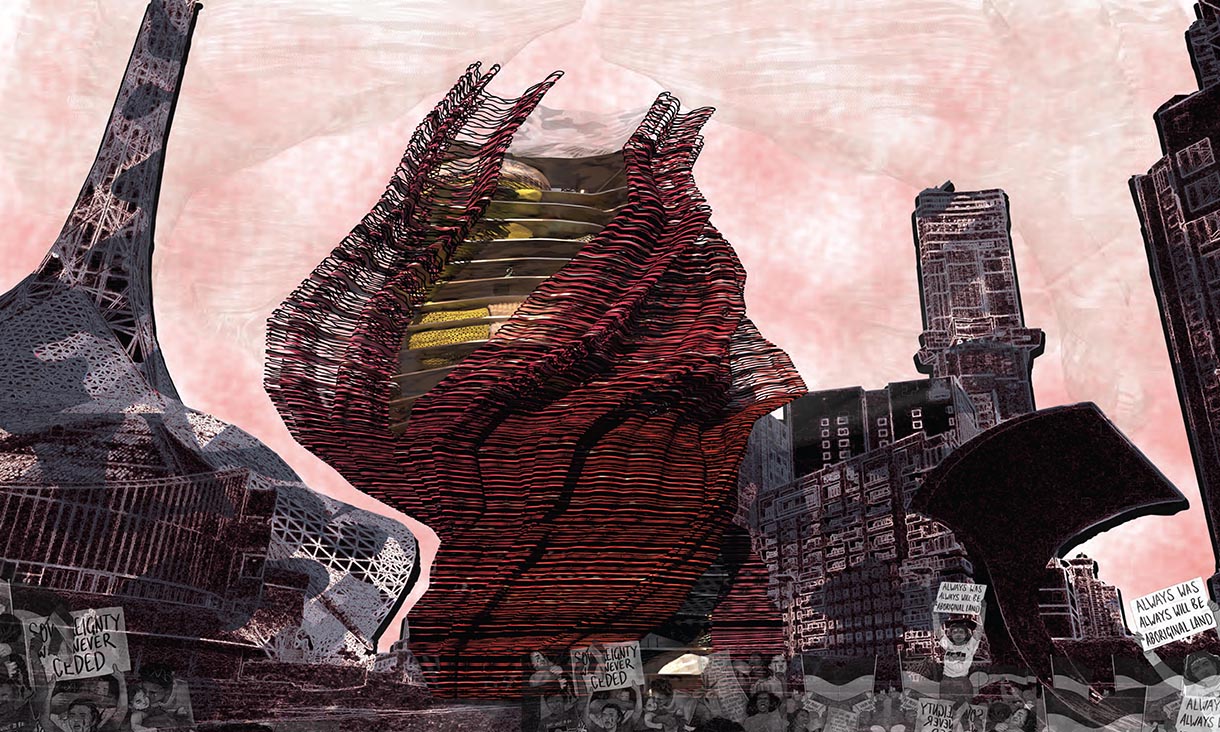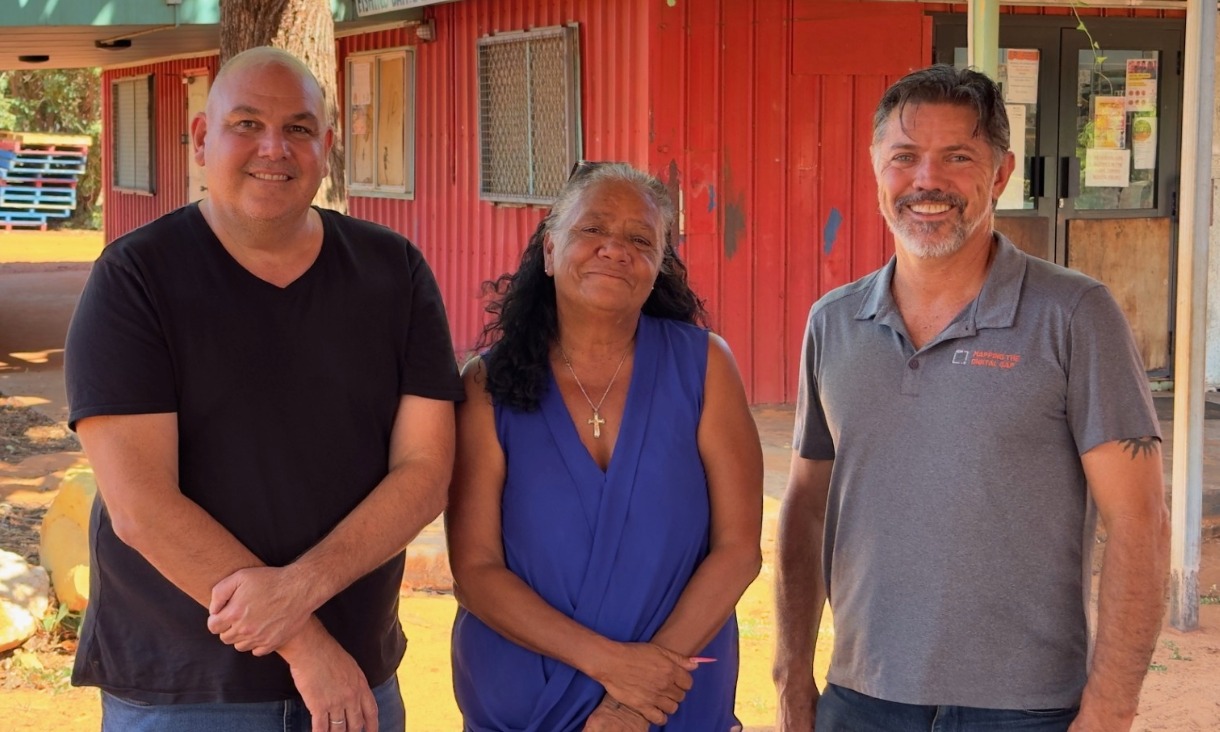First Nations Australians twice as likely to be digitally excluded
First Nations Australians are twice as likely as other Australians to be digitally excluded and face barriers to accessing, affording and using the internet. For those living in remote Australia, the barriers are much greater.
Voices of Aboriginal victims of crime inform calls for improved support
A report has found that widespread structural change to service systems and legal processes is urgently required to ensure that Aboriginal and Torres Strait Islander people who experience crime are receiving appropriate and effective support.
Funding of $6 million to support RMIT research to measure First Nations digital inclusion
The announcement is part of the Australian Government’s plan to invest $68 million to narrow the digital gap by supporting more First Nations communities to access the internet.
Introducing Sentient: RMIT’s new Indigenous design
RMIT has launched its latest Indigenous brand artwork, Sentient.










